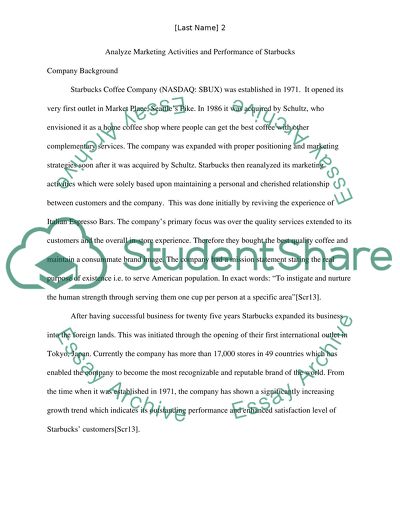Cite this document
(Marketing and Performance Analysis of Starbucks Case Study, n.d.)
Marketing and Performance Analysis of Starbucks Case Study. Retrieved from https://studentshare.org/marketing/1469200-starbucks-analyse-marketing-activities-and
Marketing and Performance Analysis of Starbucks Case Study. Retrieved from https://studentshare.org/marketing/1469200-starbucks-analyse-marketing-activities-and
(Marketing and Performance Analysis of Starbucks Case Study)
Marketing and Performance Analysis of Starbucks Case Study. https://studentshare.org/marketing/1469200-starbucks-analyse-marketing-activities-and.
Marketing and Performance Analysis of Starbucks Case Study. https://studentshare.org/marketing/1469200-starbucks-analyse-marketing-activities-and.
“Marketing and Performance Analysis of Starbucks Case Study”, n.d. https://studentshare.org/marketing/1469200-starbucks-analyse-marketing-activities-and.


